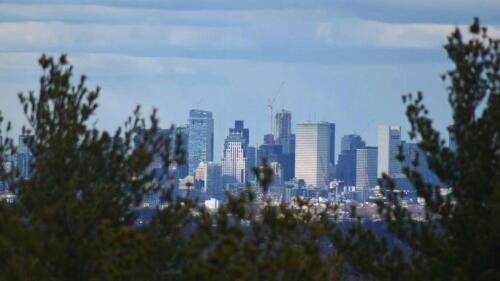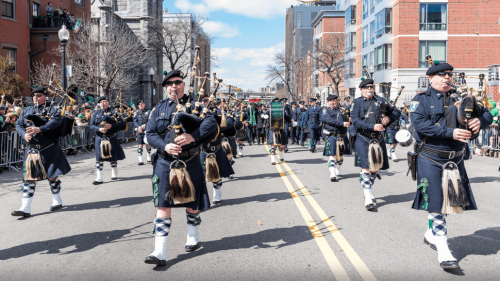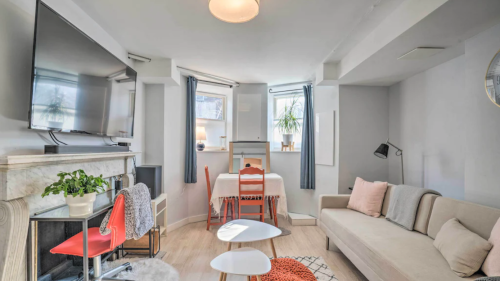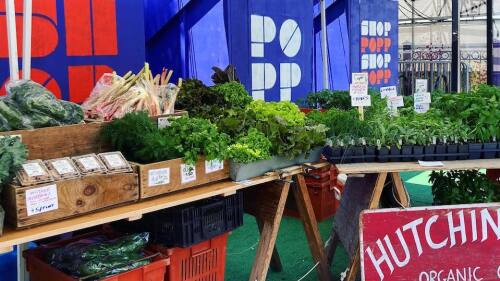The City of Boston released Phase Two of the Coastal Resilience Solutions plan for East Boston and Charlestown to ensure these areas will be protected against rising waters. The first phase was released in 2017 — since then, the team has looked closely at where flooding occurs + estimated future coastal flooding risk.
The new report includes future solutions for both areas. Plans were designed strategically for equity, adaptability, and ecological restoration.
How will this impact East Boston?
The report studied the waterfront area from Porizo Park to Central Square and neighborhoods like Jeffries Point, Maverick, and Lower Eagle Hill.
The report estimates as much as nine inches of sea level rise in the next decade and it will impact ~1,200 residents, 160+ buildings, and account for $5.5 million in annual losses.
What to expect:
- A seven foot deployable flood wall will be installed at the Mary Ellen Welsh Greenway under Sumner Street.
- The East Boston Resilient Waterfront Project includes two critical flood pathways.
- A future design study for Border Street for outboard + inland flood protection.
How will this impact Charlestown?
Much of this area is landfill and surrounded by water, making it very vulnerable to coastal flooding. The report studied the waterfront around Sullivan Square and Rutherford Avenue.
With an expected nine inches of sea level rise in the 2030s, about 150 residents and 30 buildings would be impacted, and the area would lose out on $15 million.
What to expect:
- A redesign for the Ryan Playground began in March and will include an extension of the current seawall and relocating the play area to a berm.
- Raising a section of Main Street by an average of two feet between Bunker Hill Street and Alford Street to protect over 60 businesses.











